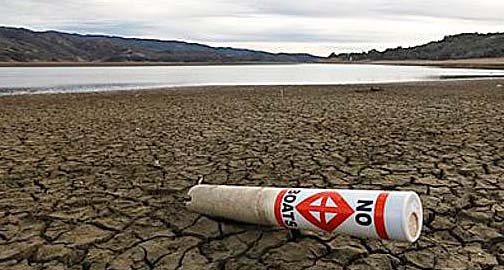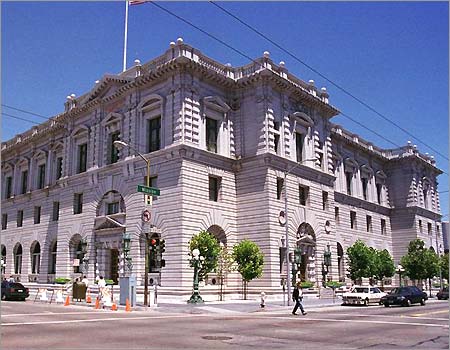Feinstein Urges President to Increase Delta Pumping
Feinstein Calls on President to Direct Federal Agencies to Increase Delta Pumping
Washington—Senator Dianne Feinstein (D-Calif.) TODAY called on President Obama to direct federal agencies “to maximize pumping in the Sacramento-San Joaquin Delta to the maximum extent allowed under the Endangered Species Act and biological opinions.”
Feinstein wrote in her letter to the president: “I believe that this year’s El Niño has highlighted a fundamental problem with our water system: A dogmatic adherence to a rigid set of operating criteria that continues to handcuff our ability to rebuild our reserves. We need a more nimble system. That’s why I included $150 million the past two years in the Energy and Water budget—so that decisions would be based on real-time data, rather than relying on intuition.”
Full text of the letter follows:
March 24, 2016
The Honorable Barack Obama
The White House
1600 Pennsylvania Avenue, N.W.
Washington, D.C. 20500
Dear Mr. President:
I ask you to direct the Bureau of Reclamation, Fish and Wildlife Service, and National Marine Fisheries Service to maximize pumping in the Sacramento-San Joaquin Delta to the maximum extent allowed under the Endangered Species Act and biological opinions. Water flows in the Sacramento River are the highest they have been in four years. Just last week, flows in the Sacramento were as high as 76,000 cubic feet per second. We’ve only seen flows that high twice in the past ten years, and not once during this drought. Yet the Bureau of Reclamation and Fish and Wildlife Service are now considering reducing pumping due to concerns about larval smelt.
Despite these high flows, rather than pumping as much water as possible without undue harm to the smelt, pumping levels remained constant for the past month (see Chart B). Coupled with the fact that only three individual smelt were caught at the pumps this year, and that the most recent trawls revealed no Delta smelt in the south Delta, it seems to me that the agencies operate the system in a manner that may be contrary to the available data, culled from what is already a limited monitoring regime. I understand that the biological opinions impose a ceiling of -5,000 cubic feet per second, but the agencies have the discretion to exercise at least some flexibility to pump above that level.
To put this all in context, between January 1 and March 6 last year, 1.5 million acre-feet of water flowed through the Delta and 745,000 acre-feet were pumped out. During the same period this year, 5.5 million acre-feet of water flowed through the Delta, but only 852,000 acre-feet were pumped out (see Chart A). If we can’t increase pumping during an El Niño year, then when else can we?
The agencies have also put California and the communities that depend on this water in a Catch-22: Pumping is reduced when there are concerns about the presence of smelt caught as far away as 17 miles from the pumps. Yet agencies will also reduce pumping due to the absence of smelt, based on the idea that historically low smelt populations make detection difficult.
I believe that this year’s El Niño has highlighted a fundamental problem with our water system: A dogmatic adherence to a rigid set of operating criteria that continues to handcuff our ability to rebuild our reserves. We need a more nimble system. That’s why I included $150 million the past two years in the Energy and Water budget—so that decisions would be based on real-time data, rather than relying on intuition.
There are real-world consequences to the decisions being made in the Delta. 69 communities in the Southern San Joaquin Valley reported significant water supply and quality issues. And land is caving, bridges collapsing, as a result of overdrawn ground wells and subsidence. That’s why we need to make sure we’re using every possible tool to make the right choices. Basing pumping decisions on better science and real-time monitoring is the least we can do.
Sincerely,
Dianne Feinstein
United States Senator















